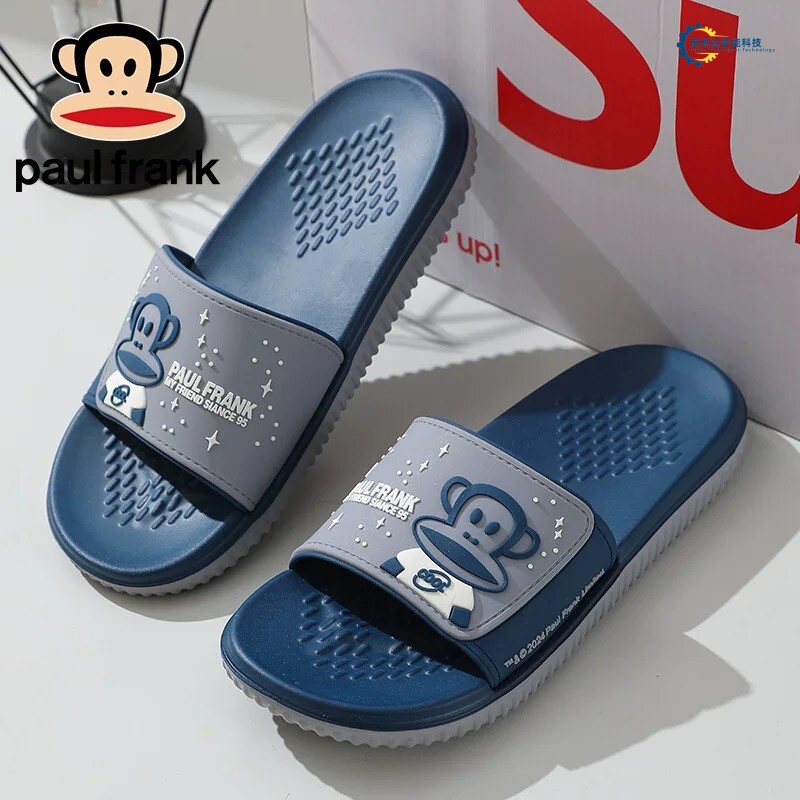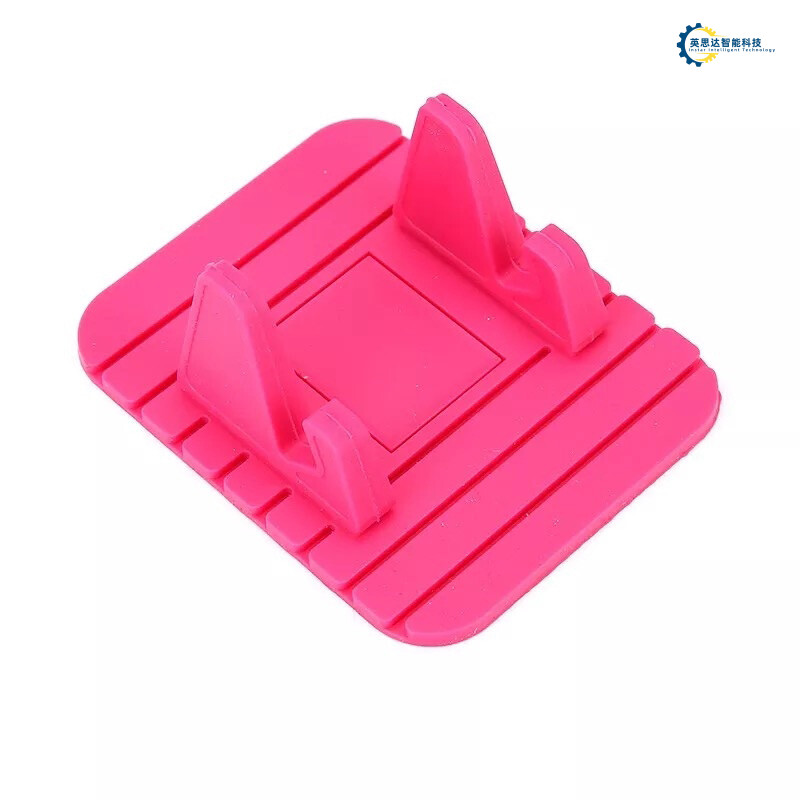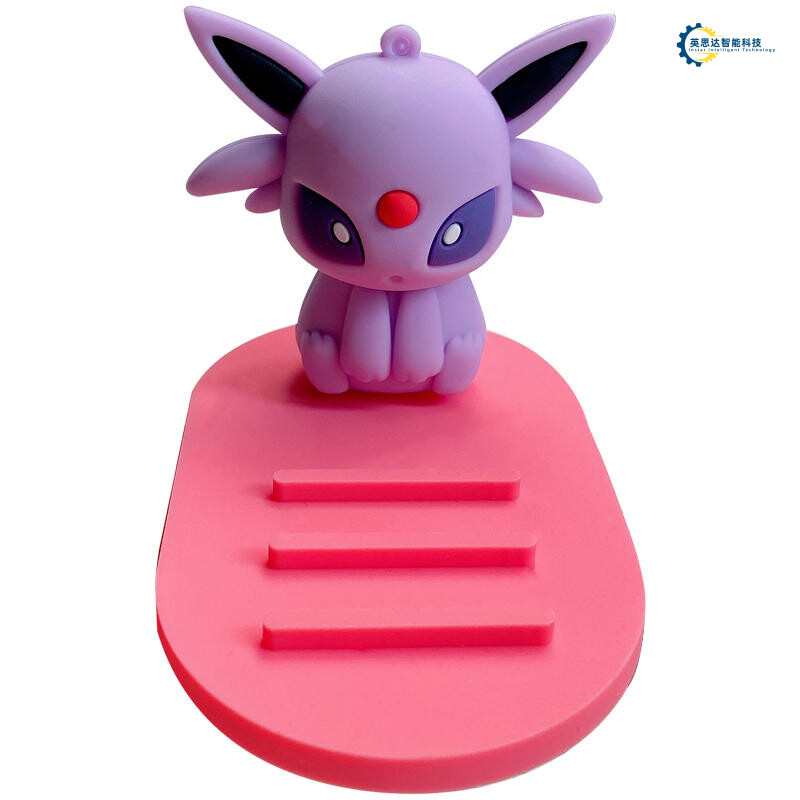Key Takeaway
Imagine your embossing machine for clothes is a grumpy chef—it needs the right temperature to craft Michelin-starred logos without burning the fabric soufflé. Hydraulic heat control systems are the sous-chefs here, adjusting pressure and heat to sculpt 3D silicone logos on denim with the precision of a cat avoiding puddles.
“Think of micron-level precision as trying to tattoo a flea’s ankle—it’s tiny, but oh-so-important for branding.” – Dr. Thread, Fabric Scientist (probably).
Why does this matter?
| Feature | Silicone Embossing | Traditional Embossing |
|---|---|---|
| Durability | Survives 100 washes | Fades like jeans |
| Detail | 3D textures pop | Flat as a pancake |
| Speed | 10 logos/minute | 2 logos + a coffee break |
Automated embossing systems are the overachievers of garment production—they handle 500 denim jackets before lunch, while humans are still untangling their earphones. For logo durability, crank up the heat (but not too much—no one wants a fabric charcoal briquette).
Pro Tip: If your machine starts smoking, it’s not trying to vape. Check the heat-controlled hydraulic systems before your logo becomes abstract art.
Want efficient textile embossing? Pair silicone’s flexibility with hydraulic precision. Your logo will outlast the trend cycle—which, let’s face it, is shorter than a TikTok attention span.

Hydraulic Heat Control in Logo Embossing
Imagine a hydraulic heat control system as that one overly precise friend who insists their coffee be exactly 147°F—except instead of brewing espresso, it’s crafting logos so sharp they could shame a laser printer. These machines don’t just “press” designs onto fabric; they perform a heat-controlled ballet where pressure and temperature tango like over-caffeinated salsa dancers. Why? Because denim isn’t exactly a cooperative canvas—it’s more like that stubborn cousin who argues about everything.
Here’s the secret sauce: micron-level precision isn’t achieved by magic (though it might as well be). The hydraulic system acts like a grumpy chef, regulating heat to within ±2°C while applying force smoother than a buttered penguin sliding downhill. Too hot? Your logo melts into a sad puddle. Too cold? It’ll peel off faster than a discount store sticker. But get it just right, and voilà—3D silicone logos pop up like toast in a cartoon, sticking to textiles like gossip at a family reunion.
And let’s not forget the real hero: automated pressure adjustments. These systems compensate for fabric quirks faster than you can say, “Wait, is that polyester?” Whether it’s heavyweight denim or flimsy activewear, the machine whispers sweet nothings (via sensors) to the hydraulic pumps, ensuring every logo emerges looking like it graduated summa cum laude from Embossing University.
Pro tip: If your logo machine ever starts acting up, just remind it who’s boss—preferably with a thermostat and a well-timed joke about “keeping its cool.”
Micron-Level Precision for Fabric Logos
Let’s talk about micron-level precision—because apparently, even fabric logos need to flex like they’re training for the Olympics. Imagine a machine so exact, it could probably write your name on a grain of rice… while blindfolded. Modern clothing logo machines use heat-controlled hydraulic systems that operate with the finesse of a cat burglar sneaking past a laser grid. These gadgets don’t just press designs onto fabric; they negotiate with threads, convincing them to hold 3D silicone logos without crumpling like a bad punchline.
How precise are we talking? If this machine were a chef, it’d julienne a carrot into strands thinner than your patience during a Zoom meeting. The secret sauce? Hydraulic pressure dialed in tighter than your jeans after Thanksgiving dinner, paired with temperatures that stay as consistent as your aunt’s obsession with pumpkin spice. This combo ensures every logo—whether on denim or delicate textiles—gets etched with microscopic detail, like tattooing a flea’s bicep.
But here’s where it gets wild: these machines have a better grasp of “measure twice, cut once” than your average DIY enthusiast. They adjust for fabric stretch, weave density, and even humidity, because apparently, cotton has opinions about atmospheric moisture. The result? Logos that stay crisp through washes, parties, and that one time you accidentally used bleach as fabric softener. Who knew durable clothing logos could outlast your last relationship?

3D Silicone Logos on Denim Techniques
Let’s talk about denim—the fabric that’s survived disco, mom jeans, and those questionable bedazzled low-rise flares from 2004. But how do you make jeans scream “fancy” without adding rhinestones? Enter 3D silicone logos, the unsung heroes of butt-pocket glamour. Imagine a machine that’s part artist, part mad scientist, using hydraulic heat control to stamp logos so precise, they could probably autograph a grain of sand.
Here’s the magic: the machine presses heat-cured silicone into denim with the finesse of a pastry chef piping frosting—except instead of cupcakes, you get logos that laugh in the face of washing machines. The secret sauce? A temperature sweet spot hotter than your ex’s Instagram feed (but way more reliable). Too cold, and the silicone sticks like gum on a shoe; too hot, and your logo melts into a modern art blob. Nail it, though, and you’ve got a durable 3D design that survives spin cycles, frat parties, and even that time you “accidentally” slid down a hill at a music festival.
Bonus? These logos add texture smoother than a pickup line from a rom-com lead. Denim’s ruggedness meets silicone’s squishiness—like a handshake between a lumberjack and a marshmallow. Next up: convincing your cat to stop clawing your designer jeans. Good luck with that.
Efficient Textile Embossing Machine Features
Let’s talk about why these efficient textile embossing machines are the overachievers of the garment world. Imagine a device that’s part Michelangelo, part espresso machine—precision meets “I need this done yesterday.” These bad boys come with hydraulic heat control systems that don’t just press fabric; they persuade it into holding 3D silicone logos like a toddler clinging to candy. And guess what? They do it faster than you can say, “Wait, did I leave the oven on?”
How? Think micron-level precision meets “hold my coffee.” The machines use automated embossing to slap logos onto denim or delicate textiles without breaking a sweat—or a thread. The heat systems here aren’t your grandma’s iron; they’re more like a sous chef with a blowtorch, caramelizing silicone into fabrics so thoroughly, even your gym socks would survive a marathon wash cycle.
But the real party trick? Energy-saving mode. These machines guzzle power like a polite sipper at a juice bar, churning out 300 logos an hour while whispering, “Look at me, I’m sustainable!” Plus, their Teflon-coated plates ensure designs pop off cleaner than a dad joke at a barbecue. No more awkward “burnt toast” smell or half-baked logos—just crisp, durable clothing tags that’ll outlast your interest in kale salads.
So, if your idea of efficiency involves fewer coffee breaks and more “how-is-this-even-possible” magic, these machines are your backstage crew. Just don’t blame us when your denim starts looking better than your life choices.
Durable Clothing Logos With Heat Systems
Let’s talk about heat-controlled hydraulic systems—the unsung heroes of logo durability. Imagine your favorite band’s tour shirt surviving a mosh pit, three laundry cycles, and your dog’s “artistic” chewing phase. That’s the magic of precision heat application, where temperatures are dialed in like a fussy barista crafting your oat-milk latte. These machines don’t just press designs; they fuse 3D silicone logos into fabrics with the determination of a toddler gluing glitter to a macaroni portrait.
Why does heat matter? Too cold, and your logo peels off faster than a bad sticker. Too hot, and your denim jacket becomes a charcoal briquette. But with micron-level temperature control, the system cooks logos at the Goldilocks zone—just right. The result? Logos that cling to textiles like a stage-five clinger at a high school reunion. And let’s not forget hydraulic pressure, which squishes silicone into every fiber gap, creating bonds stronger than your aunt’s opinion on pineapple pizza.
So next time you see a shirt that’s survived decades of bad fashion trends, thank the heat systems. They’re basically the marriage counselors of fabric and logos—keeping things together long after the sparkle fades.

Automated Embossing for Garment Production
Imagine a clothing logo machine that’s basically a robot with OCD—obsessed with perfect alignment, pressure, and timing. These automated embossing systems are the unsung heroes of the garment world, turning bland fabrics into branded masterpieces faster than you can say, “Wait, did that denim just wink at me?”
Gone are the days of manual stamping, where human hands trembled like overcaffeinated baristas. Modern machines use hydraulic heat control to press 3D silicone logos onto textiles with the precision of a cat burglar stealing your attention. They’re programmed to handle everything from delicate chiffon to rugged denim, applying just enough heat to bond designs without turning your favorite shirt into a charcoal briquette.
What’s truly hilarious? These robots don’t even need coffee breaks. They’ll crank out thousands of durable clothing logos per hour, each one aligned within micron-level accuracy—because crooked logos are so 2010. Plus, their “eyes” (a.k.a. laser sensors) detect fabric variations, adjusting pressure on the fly. It’s like having a tailor who’s also a math professor… and a tiny bit judgmental about your thread count.
And let’s not forget the pièce de résistance: automated embossing lets factories swap designs faster than a TikTok trend. One minute it’s a subtle monogram; the next, it’s glow-in-the-dark dragons. All while the machine whispers, “Look at me, I’m art.”
Comparing Silicone vs Traditional Embossing
Picture this: traditional embossing is like trying to carve your initials into a pancake with a butter knife—messy, inconsistent, and likely to leave you questioning your life choices. Those old-school machines rely on brute-force pressure and basic heat, which works fine if you’re okay with logos that fade faster than a New Year’s resolution. Enter silicone embossing, the overachieving cousin who shows up with a laser ruler and a PhD in “making things stick.”
Why does silicone win? It’s all about the hydraulic heat control—think of it as a thermostat for perfectionists. While traditional methods might leave fabric looking like it survived a toddler’s art project, silicone’s micron-level precision locks designs into place like a stubborn jar lid. Denim? No problem. Delicate textiles? Silicone doesn’t sweat (unlike the operator frantically adjusting a clunky traditional machine).
And durability? Traditional embossed logos peel off like bad stickers, but 3D silicone logos cling to fabric like a cat to a warm laptop—annoyingly persistent. Plus, with automated systems, you’re not babysitting the machine like it’s a temperamental toaster. It’s the difference between hand-writing 100 thank-you cards and outsourcing them to a robot with impeccable penmanship.
So, unless your brand’s aesthetic is “vaguely recognizable blob,” silicone’s the way to go. Traditional embossing? Let’s just say it belongs in a museum… next to the fax machine.

Optimizing Logo Durability on Textil
Let’s face it: nobody wants their brand’s logo to bail faster than a cockroach at a nuclear apocalypse party. To make sure your 3D silicone logos stick around longer than your ex’s Netflix password, you’ve gotta play mad scientist with heat-controlled hydraulic systems. Imagine a tiny, over-caffeinated robot arm pressing designs into fabric with the precision of a cat deciding where to nap—microns matter here. Too little heat, and your logo peels off like a bad sticker. Too much, and your denim turns into abstract art.
The secret sauce? Think of it as a spa day for textiles. Hydraulic pressure gives fabrics a firm massage, while heat works like a moisturizer, helping silicone adhesion settle in for the long haul. And if you’re working with denim? Picture the machine whispering, “You’re gonna survive 100 washes and still look chef’s kiss.” Pro tip: test your settings on scrap fabric first—unless you enjoy explaining to your boss why the latest batch of jeans says “LIVE LAUGH LEG” instead of “LIVE LAUGH LOVE.”
Remember, a durable logo isn’t just about surviving industrial laundry marathons. It’s about outlasting bad decisions, questionable fashion trends, and that one coworker who “accidentally” throws everything in the dryer. Now that’s what we call garment durability—built to endure life’s messes, one micron-level precision stamp at a time.
Conclu
So, you’ve made it to the end—congrats! If this were a 3D silicone logo on your favorite jeans, you’d probably be stroking it smugly right now, muttering, “Ah, micron-level precision, my old friend.” Let’s face it: clothing logo machines are the unsung heroes of fashion, turning bland fabrics into walking billboards for your brand’s ego. Think of them as the overachieving cousin of your grandma’s sewing machine—except instead of quilting kittens, they’re blasting heat-controlled hydraulic systems to stamp logos so sharp, they could probably cut through your existential dread.
Why settle for flimsy iron-ons that bail after one wash? Modern automated embossing tech laughs in the face of laundry day, bonding durable silicone to denim like a clingy ex. And let’s not forget the efficient textile embossing setup—these machines work faster than a caffeine-addicted squirrel, pumping out blinged-up hoodies while you’re still debating your third coffee.
So next time you rock that logo tee, remember: somewhere, a machine is flexing its hydraulic muscles, whispering, “You’re welcome.” Fashion may be fleeting, but a well-embossed logo? That’s forever. Or at least until you lose the shirt in a questionable bet.
FAQ
Why does my fabric look like it survived a glitter bomb after embossing?
Great question! If your 3D silicone logos are more chaotic than a toddler’s art project, you might be ignoring the heat-controlled hydraulic system. Think of it like baking cookies: too hot, and you’ll burn the edges; too cold, and you’re left with doughy regret. Adjust the temperature unless you want your denim to look like a science experiment gone wrong.
Can I use this machine to emboss my cat’s fur?
While we admire your ambition to turn Mr. Whiskers into a walking logo, micron-level precision is designed for fabrics—not feline fashion. Stick to textiles unless you enjoy explaining claw marks to your customers.
How long will these logos last? Longer than my New Year’s resolutions?
Depends! Properly cured silicone logos can outlast your gym membership and that avocado kitchen gadget you never use. The secret? Heat systems that bond designs tighter than a teenager’s grip on their phone.
Silicone vs. traditional embossing: Is this a Marvel vs. DC situation?
Less drama, more science! Silicone creates durable 3D textures that pop like popcorn, while traditional methods fade faster than a viral TikTok trend. It’s not a rivalry—it’s an upgrade.
Will automated embossing steal my job?
Only if your job involves manually poking fabric with a hot stick. These machines handle the boring stuff, so you can focus on important tasks—like naming designs after ’80s rock bands.
Ready to Turn Your Fabric into a Micron-Level Masterpiece?
Please click here to chat with our embossing wizards. Warning: Side effects may include excessive fabric admiration and sudden urges to logo everything in sight.
